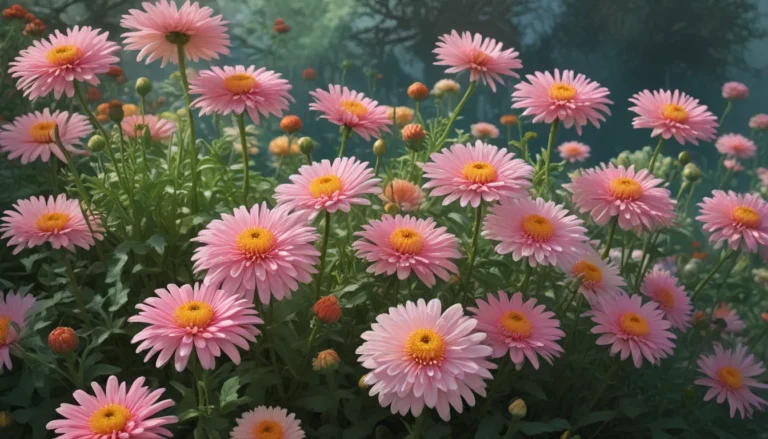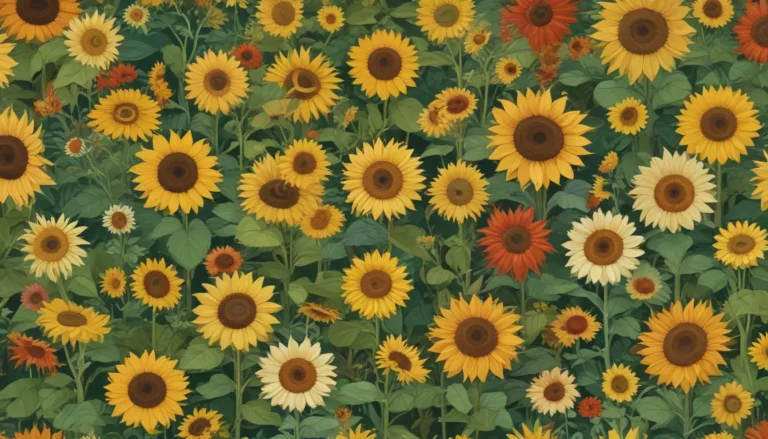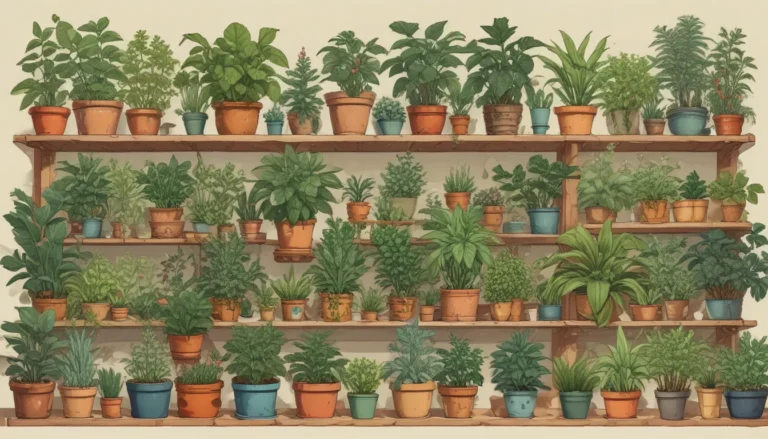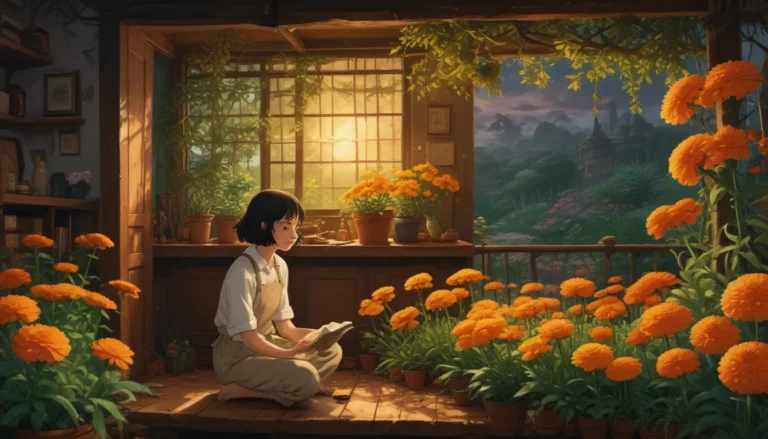Comprehensive Guide to Troubleshooting Common Issues When Growing Camellias in Containers
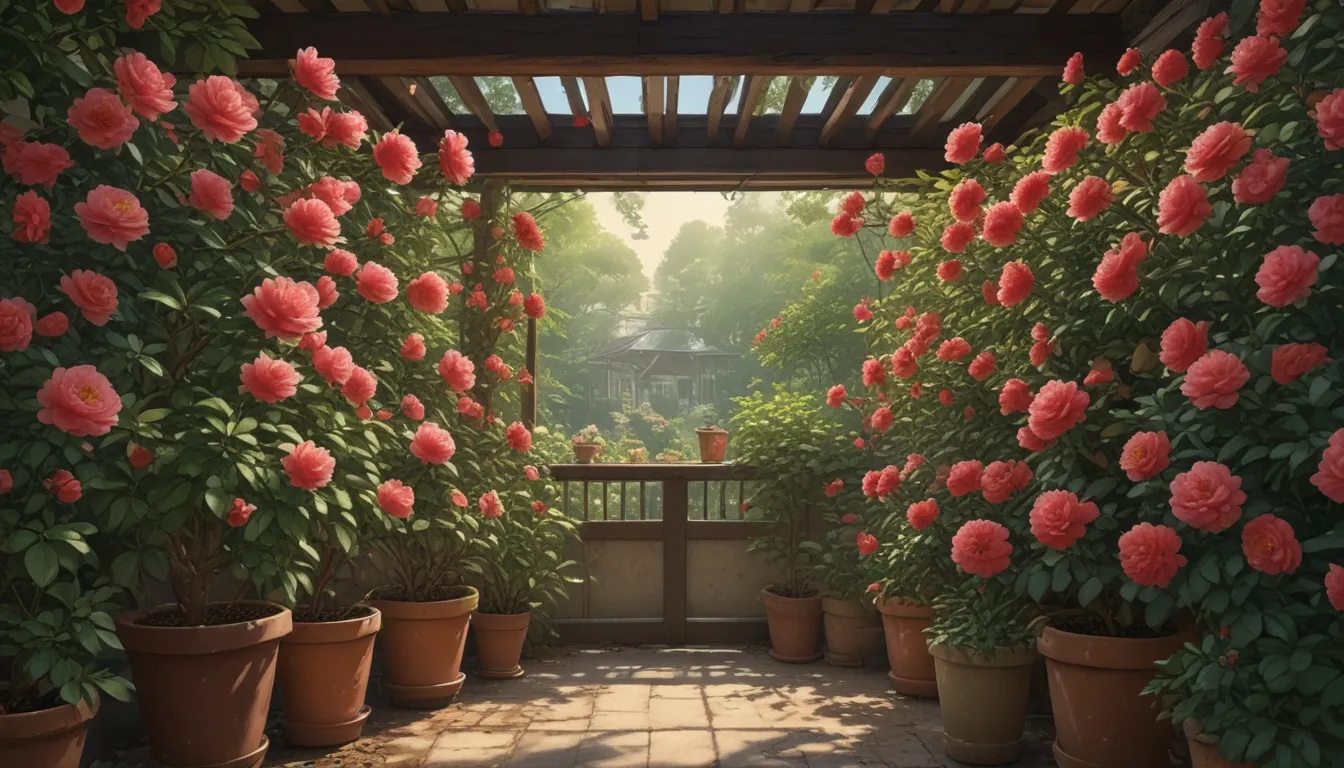
Camellias are delightful plants that can bring beauty and elegance to any garden. However, for those of us who prefer to grow them in containers, there are some unique challenges that we may encounter. From cold and frost damage to disease and infestation, there are several potential issues that can arise when growing camellias in pots.
In this detailed guide, we will explore the most common problems that container-grown camellias may face, as well as provide expert tips on how to troubleshoot and address these issues effectively. Whether you are a seasoned gardener or a beginner looking to grow camellias in containers for the first time, this article will equip you with the knowledge and tools needed to ensure the health and vitality of your plants.
Troubleshooting Potted Camellia Problems
Growing camellias in containers comes with its own set of challenges. Here are some of the most common issues you may encounter when cultivating camellias in pots, along with practical solutions to address them:
- Cold and Frost Damage
-
Camellias are vulnerable to cold snaps and frost damage, which can result in brown leaves and dieback. To protect your plant, consider moving it indoors or wrapping it with blankets or bubble wrap during periods of extreme cold.
-
Compacted Roots
-
Watch out for signs of rootbound plants, such as leaf drop, poor growth, and girdling of roots near the edges of the pot. If you suspect root compaction, it may be time to repot your camellia with extra attention to drainage.
-
Disease and Infestation
-
Camellias in containers are susceptible to pests like aphids, scale insects, and spider mites. Keep an eye out for powdery white or sooty black substances on leaves, which may indicate an infestation or disease.
-
Grubs
-
Grubs can wreak havoc on potted plants by feeding on roots and stems. To deter grubs, consider using a hydrogen peroxide solution or adding a layer of decorative stone to the soil surface.
-
Overgrowth
-
Some camellias may outgrow their containers, leading to stunted growth and rootbound plants. Pruning may be necessary to maintain a healthy size and shape.
-
Sunscald or Sunburn
- Sunscald can occur when camellias are overexposed to sunlight, resulting in brown or gray splotches on leaves and blossoms. Move your plant to a shaded area and provide ample water to aid in recovery.
By being aware of these common issues and knowing how to address them effectively, you can ensure the well-being of your container-grown camellias and enjoy their beauty for years to come.
Additional Resources for Growing Camellias
If you’re looking to expand your knowledge on growing camellias, consider checking out these informative guides:
- How to Grow and Care for Camellia Flowers
- How to Propagate Camellias
- 11 of the Most Beautiful Camellia Varieties to Grow at Home
- Why Are There Ants On My Camellia Flowers?
Whether you’re a seasoned camellia enthusiast or a beginner exploring the world of container gardening, these resources will provide valuable insights and tips to help you successfully cultivate and care for your camellia plants.
Conclusion
In conclusion, growing camellias in containers can be a rewarding experience, but it’s important to be aware of the potential challenges that may arise along the way. By staying vigilant and proactive in addressing issues such as cold and frost damage, compacted roots, disease, grubs, overgrowth, and sunscald, you can ensure the health and vitality of your plants.
Remember, the key to successful camellia cultivation lies in proper maintenance, regular monitoring, and timely intervention when issues arise. With the knowledge and tips provided in this guide, you’ll be well-equipped to troubleshoot common problems and enjoy the beauty of your container-grown camellias for years to come.
If you have any additional tips or questions about growing potted camellias, feel free to share them in the comments below. Your insights and experiences can help fellow gardeners navigate the joys and challenges of cultivating these exquisite plants.
Happy gardening!
